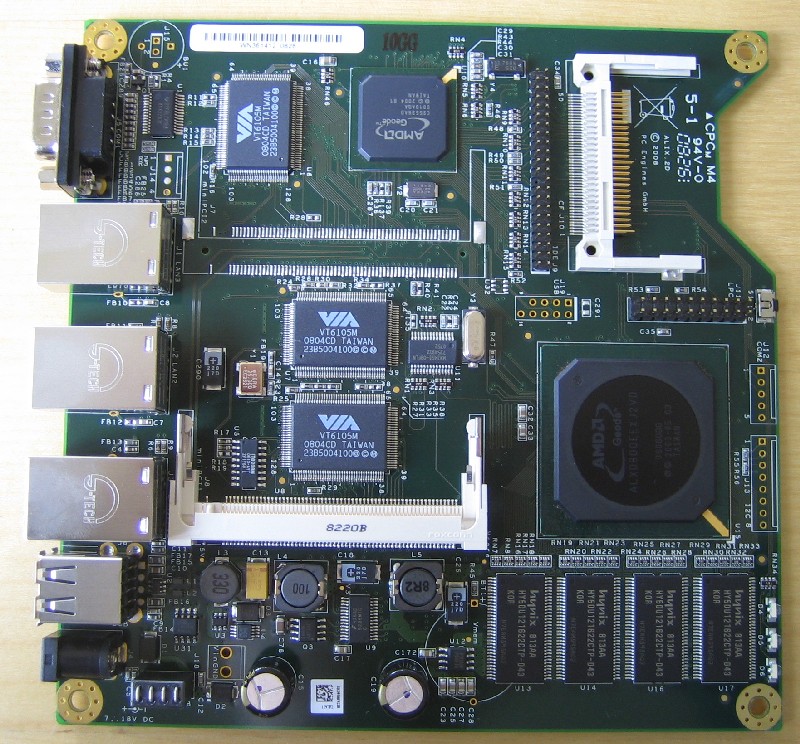Hehe, I know I did nothing extraordinary here. But just saying it's an option if you do happen to have the parts. Actually, what happened is that a friend of mine had a bunch of irons with 230V transformerns and he replaced them with 120V transformers. Didn't know what to do with the 230V transformers, so he gave them to me
200$ knowledge - no. But fixing up a soldering station that I got for free along with the transformers - priceless
 .
.


Leave a comment: